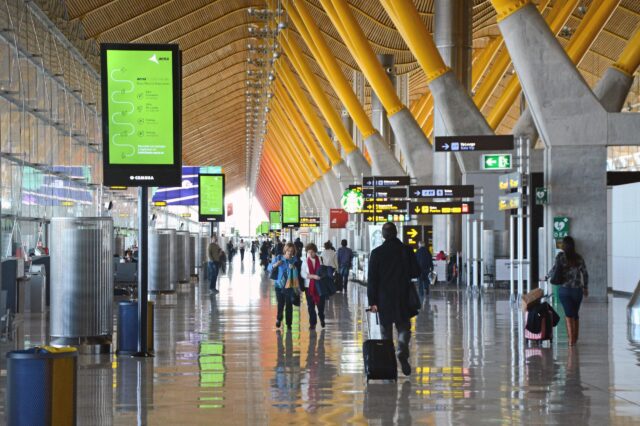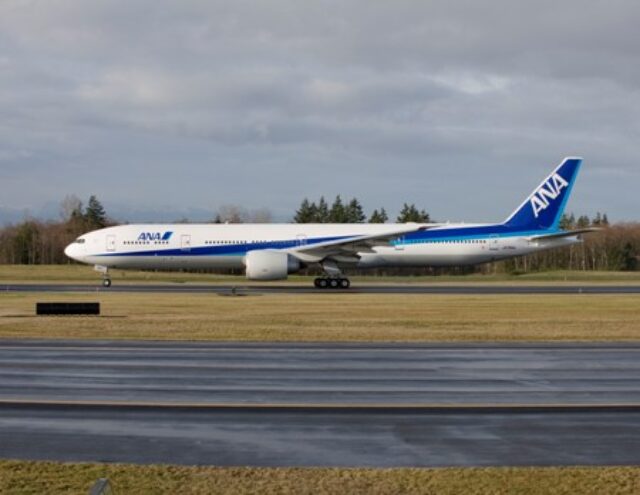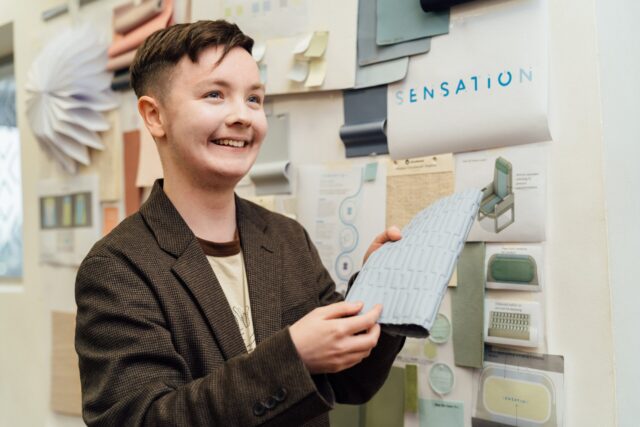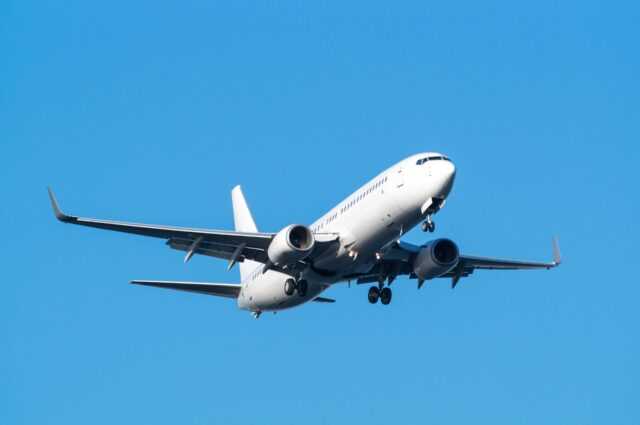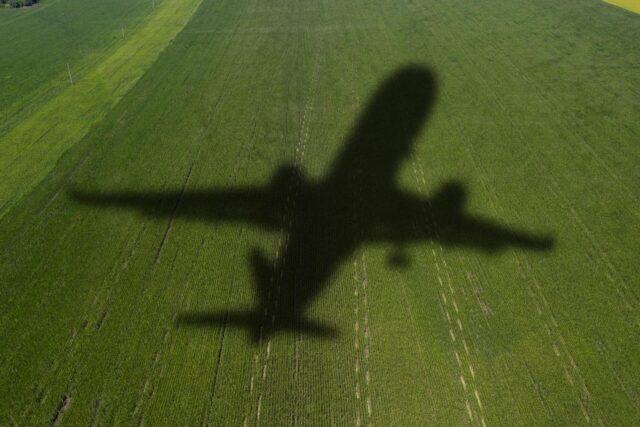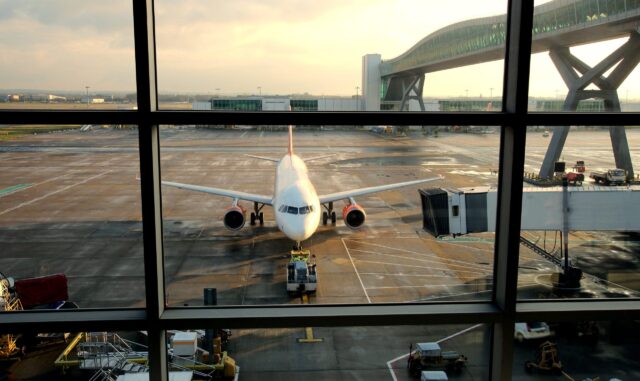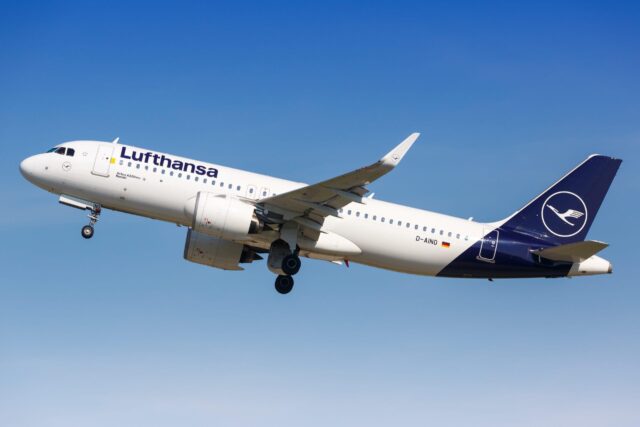Skyfly receives regulatory permission for transition flight
April 3, 2025

Skyfly has received clearance from the UK Civil Aviation Authority to perform airborne transitions of its prototype Axe aircraft, building on hover and wing-borne flight tests so far conducted independently.
Described as a VCA (Vertically Capable Aircraft), the Axe features fixed wings and forward canards each equipped with a three-bladed, fixed-pitch rotor. Featuring seating for two passengers with a total payload of 172kg, the aircraft offers 100-300 miles of range in electric-hybrid mode. The propulsion system comes courtesy of Geiger Engineering.
Airborne transition follows successful hover testing conducted in late 2024 and wing-borne flight last month. “The ability to transition between the two flight modes in the air allows the Axe to benefit from the efficiency and safety of a fixed-wing aircraft, combined with the versatility of a helicopter,” explained SkyFly. However, unlike some eVTOL designs, the Axe will complete this transition without relying on moving parts such as rotating motors or vectored thrust.
After lifting off in a nose-high attitude, powered by eight motors and the four large rotors, the Axe’s nose will pitch down so that the rotors provide forward propulsion as the wings generate lift. “This results in higher speed and energy efficiency than a purely rotor-borne aircraft, as well as the ability to glide to safety in the unlikely event of a complete loss of power,” continued Skyfly.
Skyfly CEO Michael Thompson added he was “delighted” to have reached the final stage of the flight test programme, with the CAA having been “instrumental in facilitating [Skyfly’s] progress through this phase” – having noted last year that regulatory teams have had to “evolve rules that allow to work with aircraft like this”.
Skyfly’s target is recreational pilots, with the aircraft to be offered as a kit-build project. With aircraft reservation already open online, Skyfly’s website estimates delivery will commence later this year.




